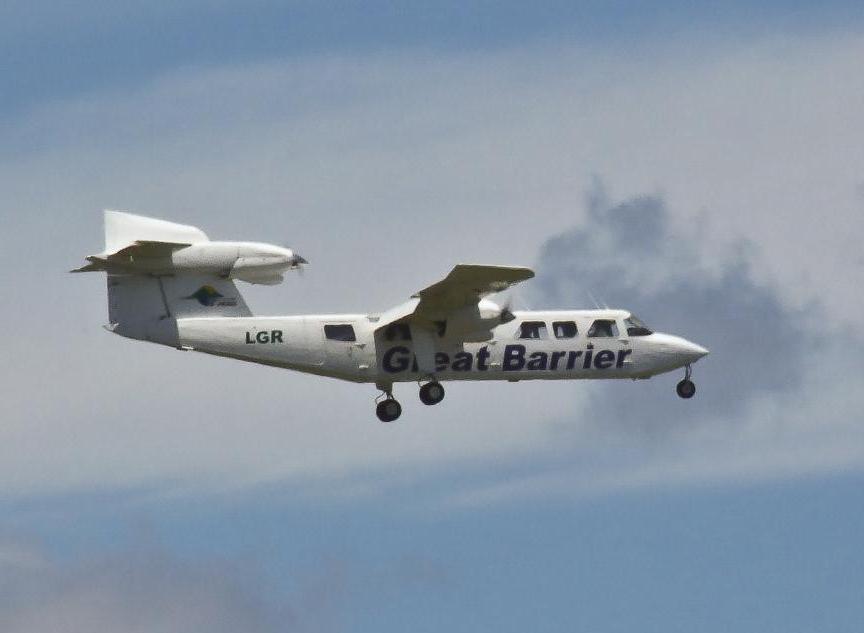At InfoBloom, we're committed to delivering accurate, trustworthy information. Our expert-authored content is rigorously fact-checked and sourced from credible authorities. Discover how we uphold the highest standards in providing you with reliable knowledge.
What Is Seismic Acquisition?
Seismic acquisition is the practice of gathering and analyzing information regarding subsurface geological structures and features. Several methods and a wide variety of equipment are available to record and analyze the signals and data. Most seismic acquisition firms use data from many sources, including private, client, and government databases. The software and mathematical models that give meaning to the data represent huge corporate and national assets requiring the utmost protection.
One of the methods of data collection involves shooting a burst of energy against the surface of the Earth and recording the reflected energy waves. Geologists pound jackhammer-like devices against the ground, catching the reflected seismic waves by special receivers placed at several points. Geologists also analyze data from natural events, such as earthquakes, to provide information across vast stretches.

Marine surveyors fire air guns at the sea floors or lake beds. A huge bubble of air bounces off the bottom, transmitting energy through the ground. Receivers behind the ship or strung below it catch the returning signals. Air guns can also be fired at altitude or small explosives can be dropped through shafts. The signals can be picked up by distant receivers or by small planes or helicopters.

In other techniques, mapping software collects data from satellites, boats, planes, and submarines to chart variations in magnetic or gravitational fields. Patterns in plant life or water temperature can also reveal subsurface structures. Hydrocarbon emissions from undersea oil sources can percolate to the surface and are detectable at great ranges. Infrared and ultra-violet scans provide another source of data.
A numerical approach is typically the basis of the software that analyses this abundance of data. The seismic acquisition area of study is broken into cubes. Energy and other property balances are calculated in and out of each adjacent cube in all directions. Advanced graphing software allows the visualization of the data.
A three-dimensional model is developed but is still subject to human judgment as to what each change in signal indicates. A break in a signal may indicate a fault, an edge in a submerged lake, or a denser layer of rock. The interpretation of the data, using as many sources as possible, can make the difference between the discovery of a substantial new oil field or drilling dry holes. It is because of the complex analyses required, as well as the difficulty in achieving seismic acquisition for an area, that new sources of oil or mineral deposits are continually announced. Years can elapse between the seismic acquisition activities and their inclusion in reports.
AS FEATURED ON:
AS FEATURED ON:












Discuss this Article
Post your comments